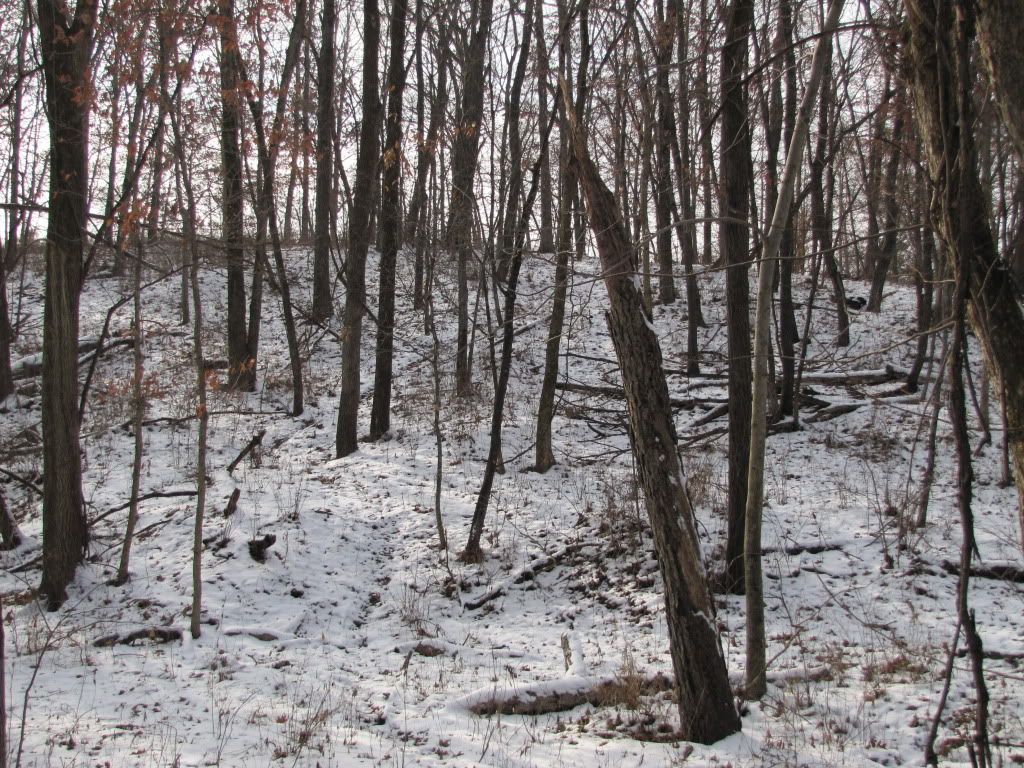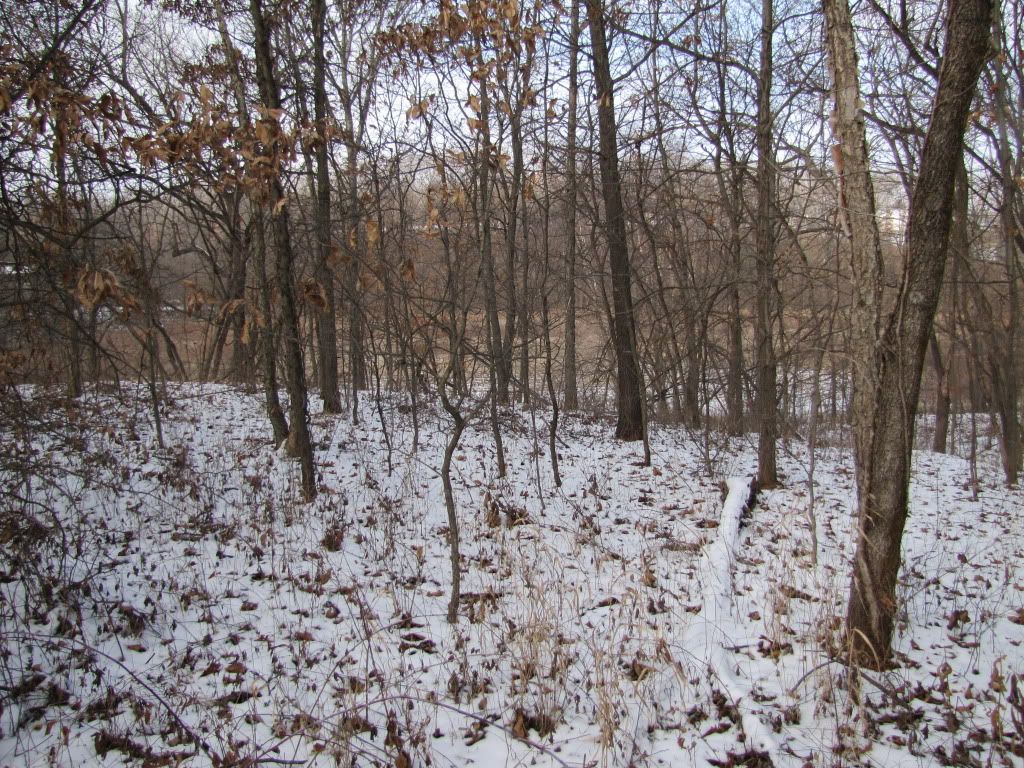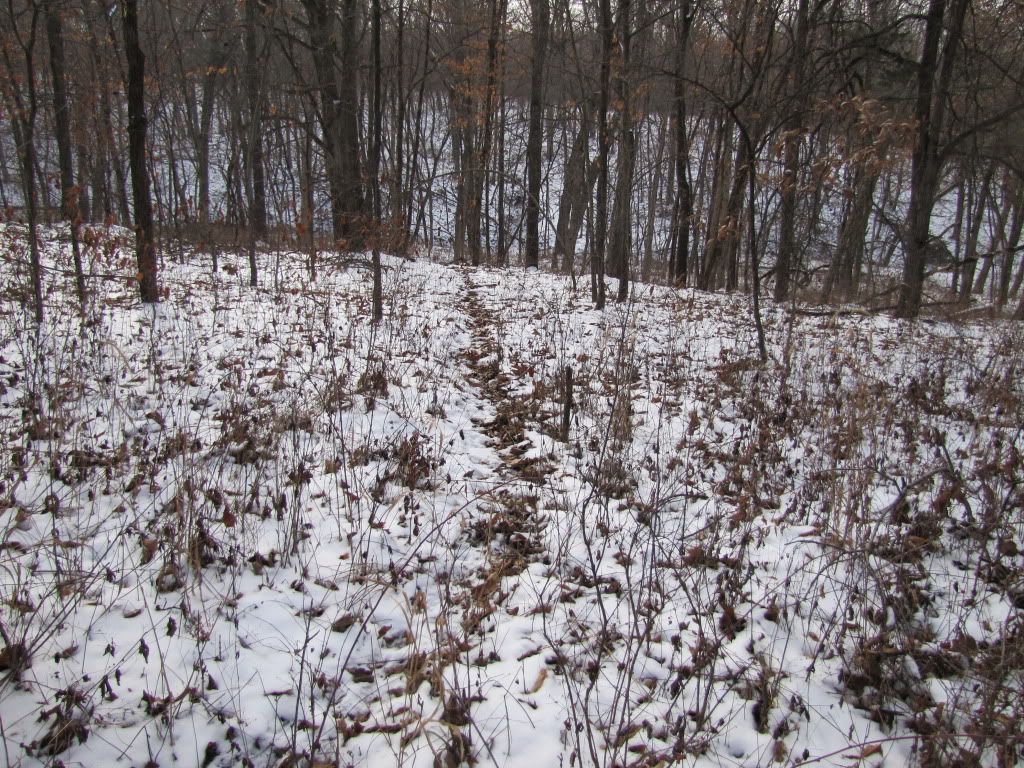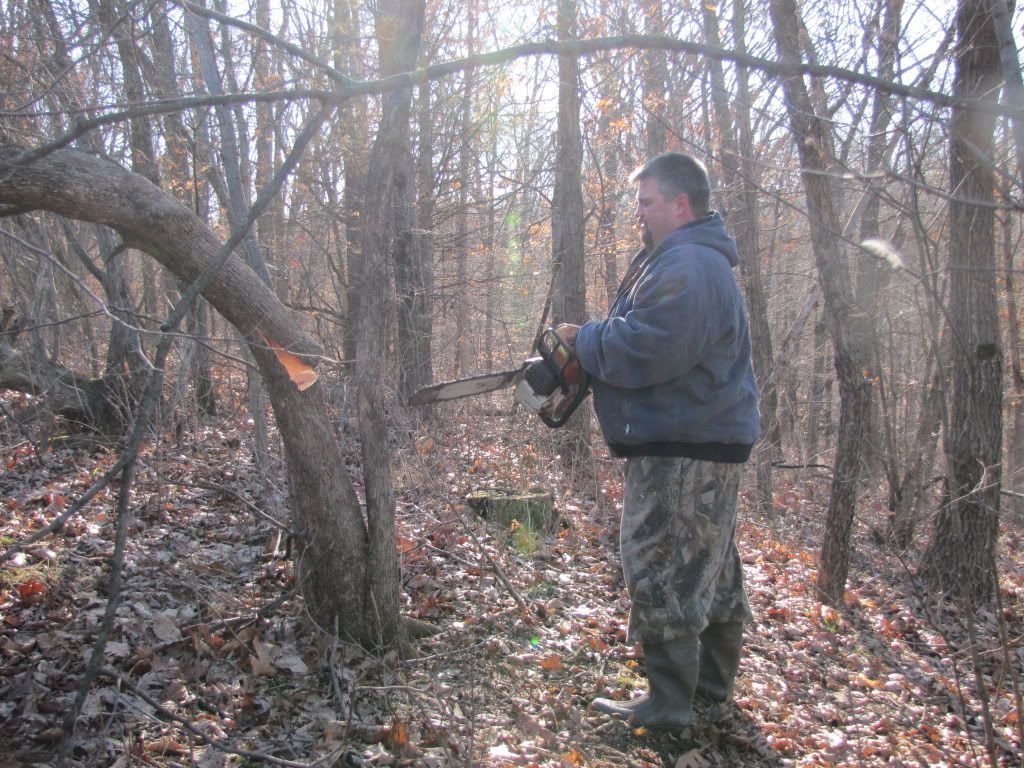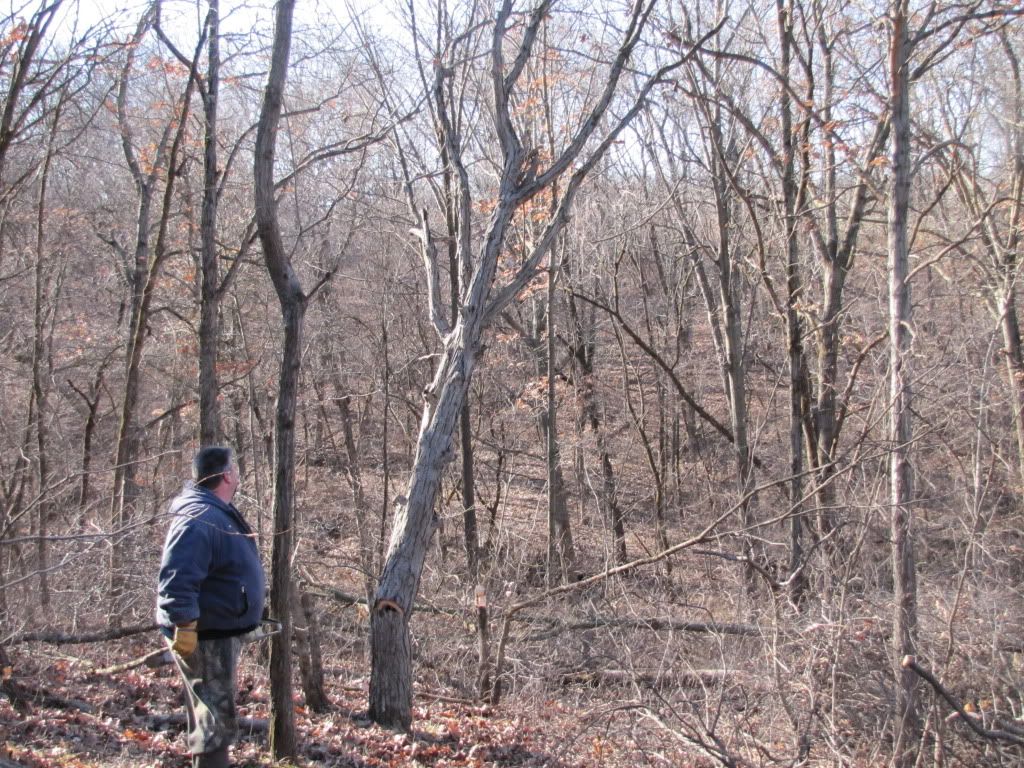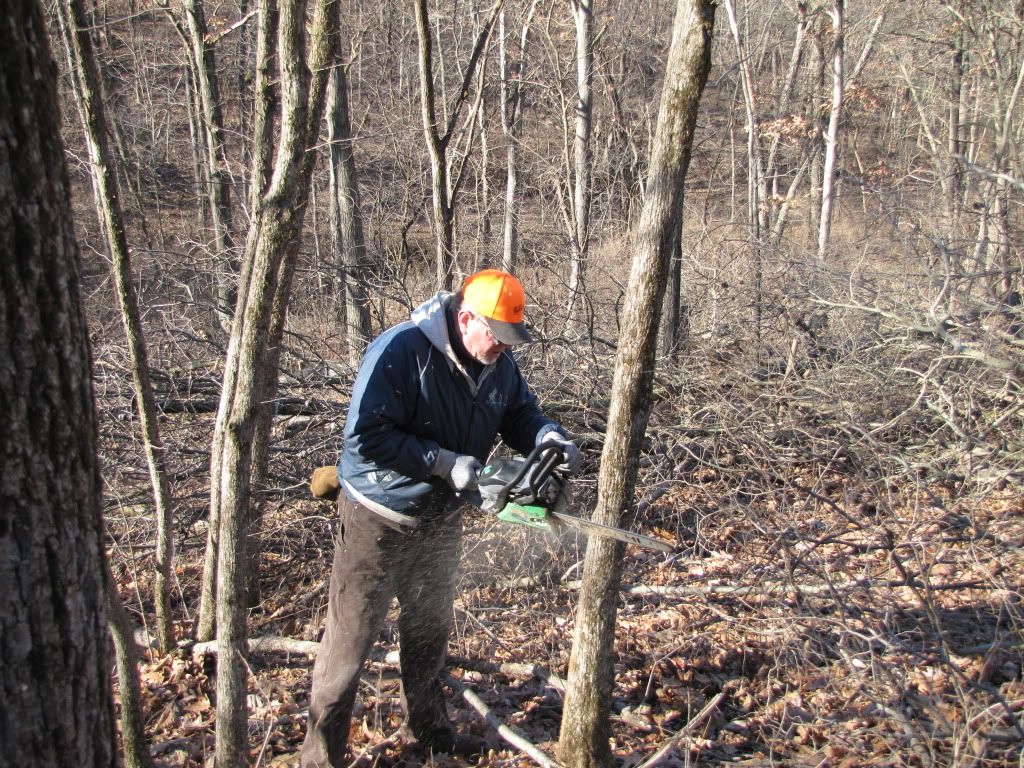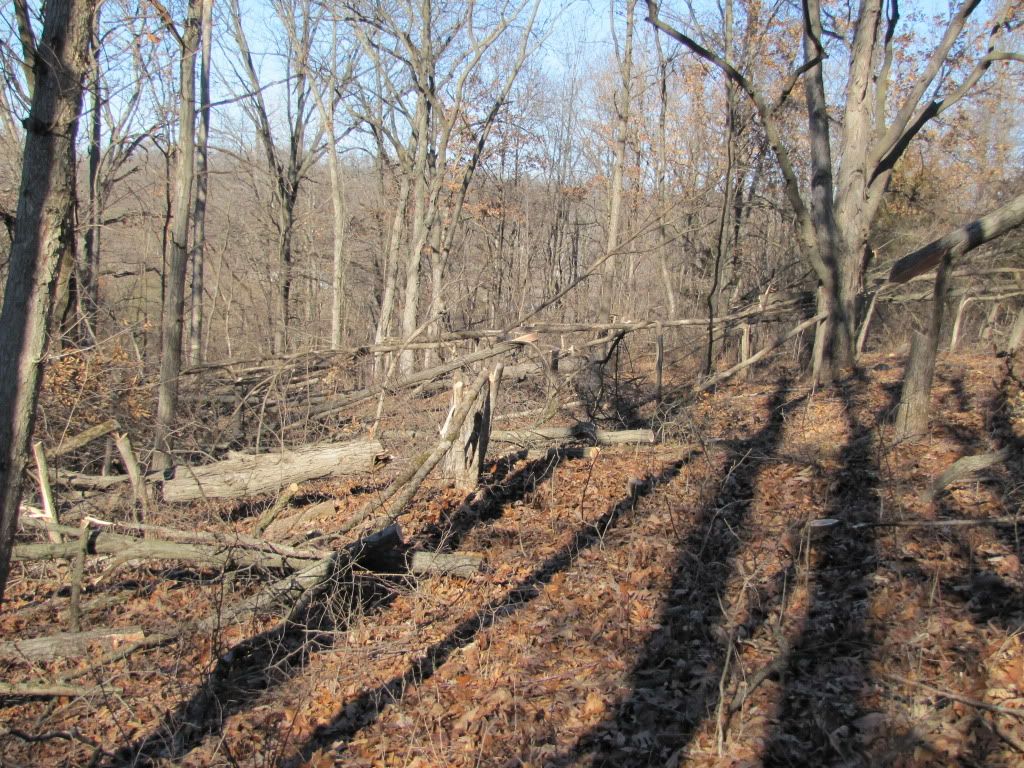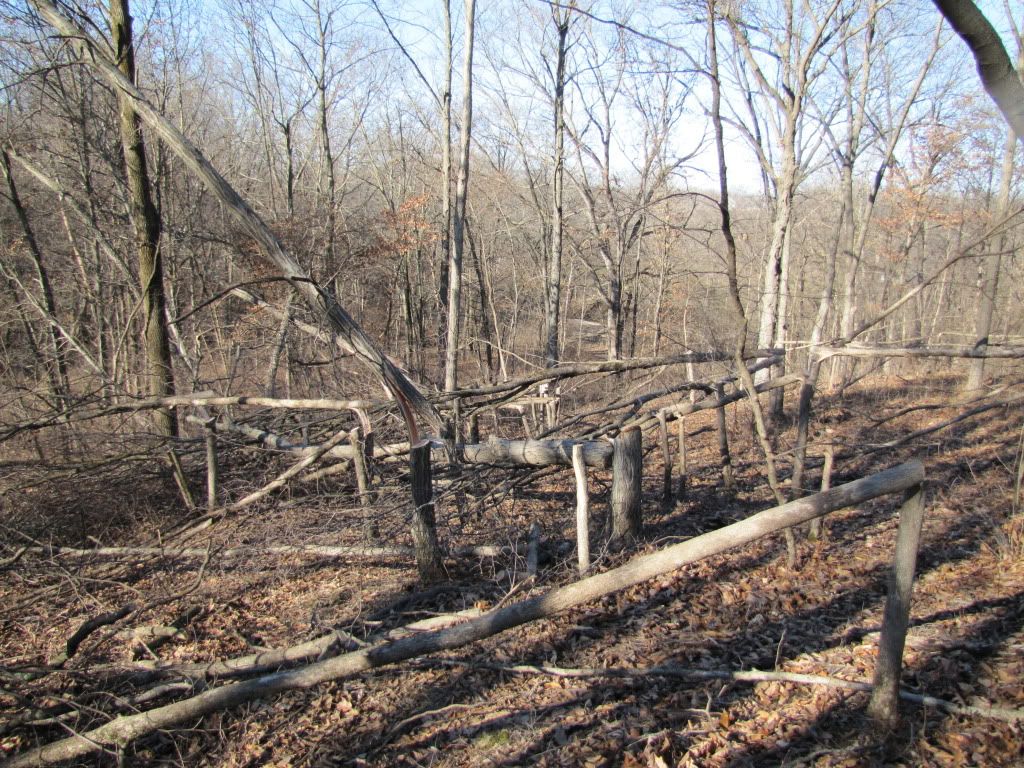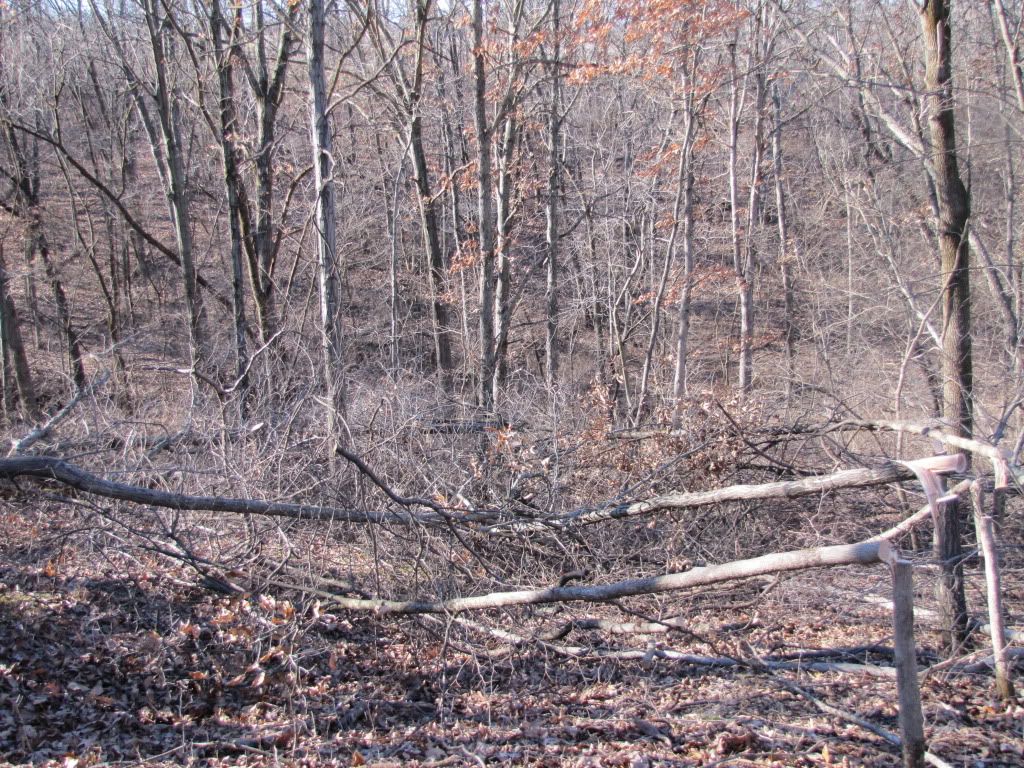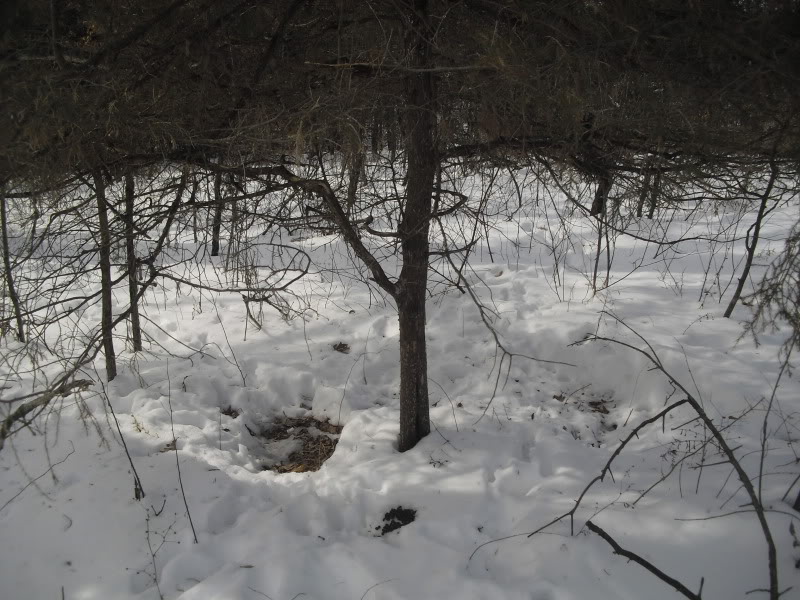Midwest – We received data from 4 states (IL, IN, KS, KY). Brambles and grape were most often reported. Coralberry, dogwoods, greenbriar, Illinois bundleflower, ragweed, trumpet creeper, wild lettuce and wild rose were also important species. Other notable plants included asters, plums, pokeweed, sumac and trillium.
Northeast – We received data from 4 states (ME, NH, NJ, PA). Bracken fern, brambles, grape and greenbriar were reported by multiple states. Canada mayflower, jewelweed, poison ivy, Virginia creeper, wild rose and wild sarsaparilla were also important species. Other notable plants included blue bead lily, goldenrod, plantain, sumac and winterberry.
Southeast – We received data from 9 states (AL, AR, FL, LA, MS, OK, SC, TN, TX). Brambles, grape, greenbriar, honeysuckle (primarily the native coral, but also non-native Japanese/white) and ragweed were listed by nearly every responding state. Pokeweed and strawberry bush were listed by about half of the states, and American beautyberry, beggar’s lice and poison ivy were also listed by a third of the states. Other notable plants included Alabama supplejack, devil’s walking stick, Florida pusley, old field aster and trumpet creeper.
Canada – We received data from 6 provinces (BC, MB, NS, ON, QC, SK). Asters, brambles, choke cherry, fireweed, pondweed, snowberry, sow thistle, trillium, Virginian strawberry and wild rose were all reported from more than one province. Other notable plants included Canada mayflower, jewelweed, lupines, ragweed and wild lettuce.



